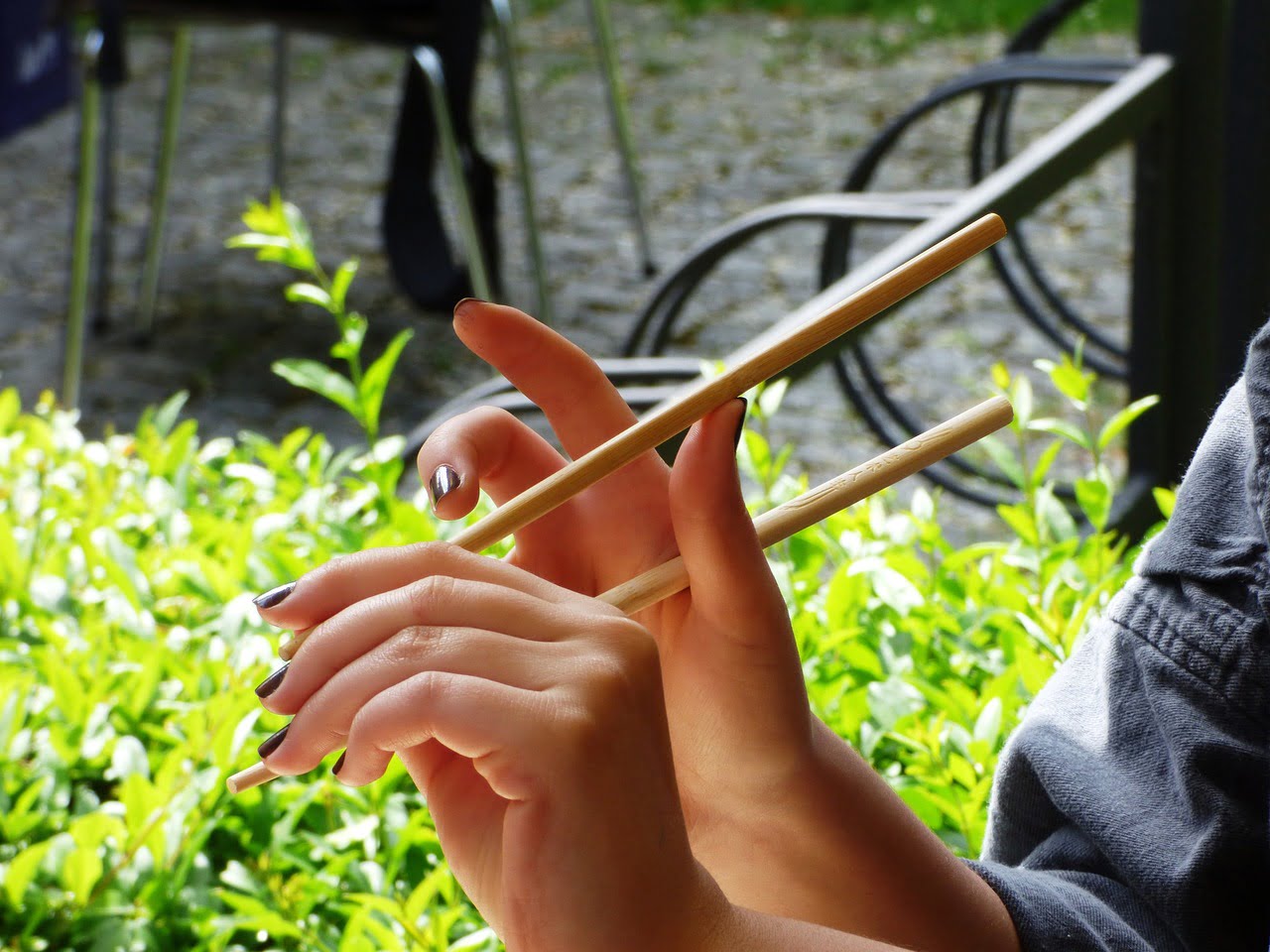
History of Chopsticks: The chopstick is a simple eating utensil that has existed for centuries. Chopsticks are used in many different cultures throughout the world, but there are subtle variations in their use and style. Whether you’re interested in learning more about this common eating tool or are looking to incorporate them into your next dinner party, this article will give you some additional insights into the history of chopsticks.
Cultural historians believe that the use of chopsticks as eating utensils originated in ancient China. It is believed that chopsticks were used as pincers for picking up pieces of cooked meat and other foods from hot cauldrons, spoons being not readily available at that time. Gradually, they came to be used as essential eating utensils across various cuisines. Let’s take a closer look at these fascinating facts about chopsticks:
What is the History of Chopsticks?
The history of chopsticks dates all the way back to ancient China during the Han dynasty, which ran from 206 BC to 220 AD. During this time, chopsticks were made from bamboo, wood, or bone. There is some dispute about the exact origin of chopsticks, but it is generally agreed that they arose from the need to serve food at the table.

Early chopsticks were used not only to eat with but also to pick food out of pots or move it from one bowl to another. This was because spoons were not commonly used in all parts of China until 1000 AD. Chopsticks were easy to make and could be produced with bamboo found in most parts of China and could be made by almost anyone.
Why Are Chopsticks Useful?
Chopsticks are an essential eating utensil used in many different cultures across the globe. Chopsticks are a convenient kitchen tool that allows you to eat with your hands. You can use chopsticks to pick up meat from a hot pan or serve food on a buffet table. There are many different uses for chopsticks, including cooking, serving, and eating. Chopsticks are useful for people with disabilities who may have trouble holding cutlery. Using chopsticks is a good way to build hand strength, dexterity, and coordination. Chopsticks can also be used as a fun party trick for kids or at a dinner party.

Different Types of Chopsticks
There are many different types of chopsticks that are common in different cultures. Chinese chopsticks are long, slender, and run parallel to each other. Japanese chopsticks are shorter, thicker, and run perpendicular to each other. Korean chopsticks are smaller and have a blunt end. Vietnamese chopsticks are made of bamboo and are used to eat both rice and soup. Indian chopsticks are made from metal and are used to eat both rice and dal. Thai chopsticks are made from bamboo or wood and are used to eat with curries and soups.

Interesting Facts About Chopsticks
– Chopsticks were first used in ancient China, but they have since spread to many different cultures around the world. – Chopsticks were first made from wood or bamboo, but metal chopsticks were common in East Asia by the 12th century. – Chopsticks are one of the few utensils that are neither spoon nor fork. They are part of a group of eating tools known as Asian spoons. – Chopsticks are usually shorter than forks and longer than spoons, but their exact length and width can vary depending on their use. – Chopsticks are an inexpensive, reusable, and sustainable way to serve food.
Conclusion
Chopsticks have been used as eating utensils for centuries. There are many different types of chopsticks, but they are all meant for picking up food. Chopsticks are useful for people with disabilities or those who might have trouble holding forks or spoons. Learning how to use chopsticks can also be a fun party trick.
You ended with reading History of Chopsticks: A Cultural Journey also read 5 Interesting Toothpicks Facts You Should Know